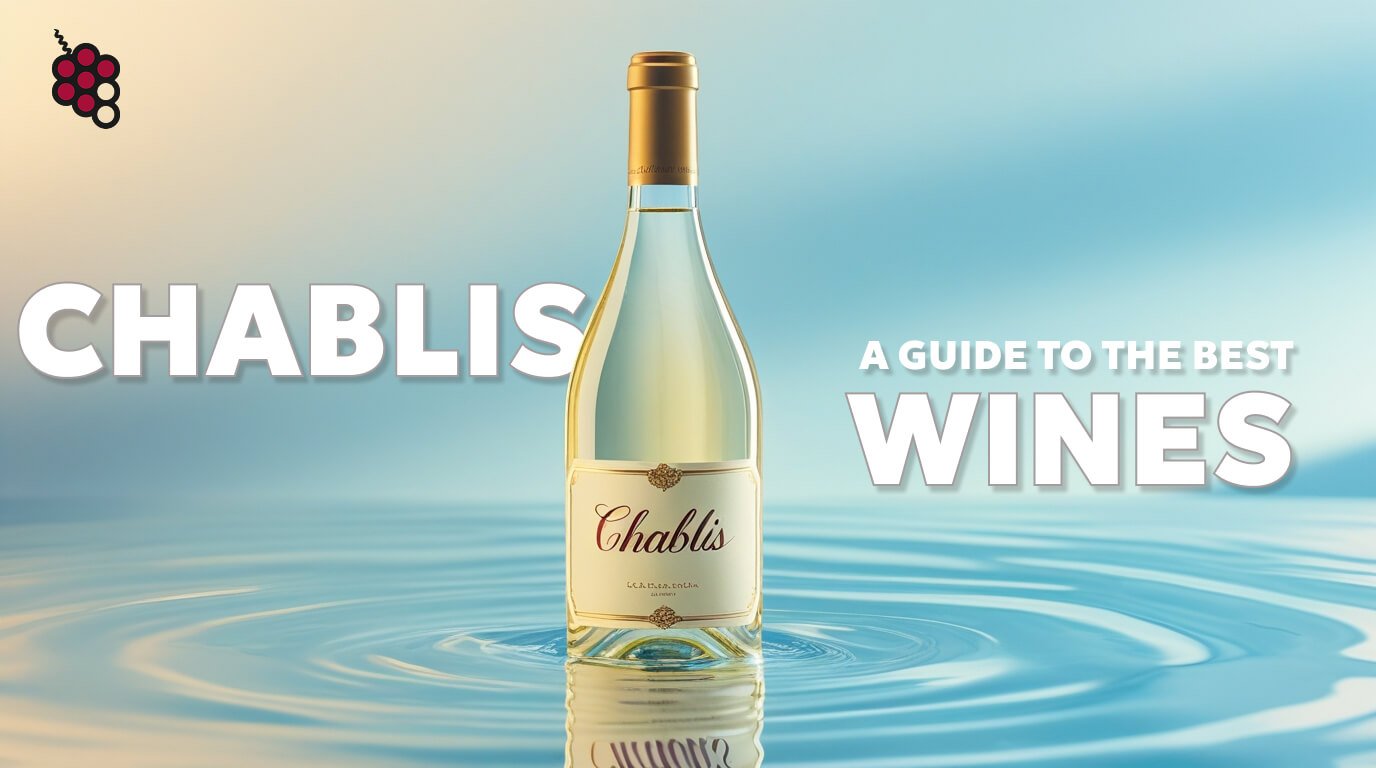
There’s magic in a glass of Chablis – a purity and a steely precision that says this is Chardonnay, but not as you know it. It is incredible that an area of approximately 70 square kilometres can have such a profound and lasting impact on the world of wine, and popular culture as a whole.
Chablis is known for its cool climate and Kimmeridgian soils, which provide the basis for this refined, mineral-rich white wine. There is no other region in the world that does Chardonnay quite like Chablis, and in this article we will explore some of our top recommendations from Burgundy’s top Chardonnay subregion.
What Makes Chablis Special
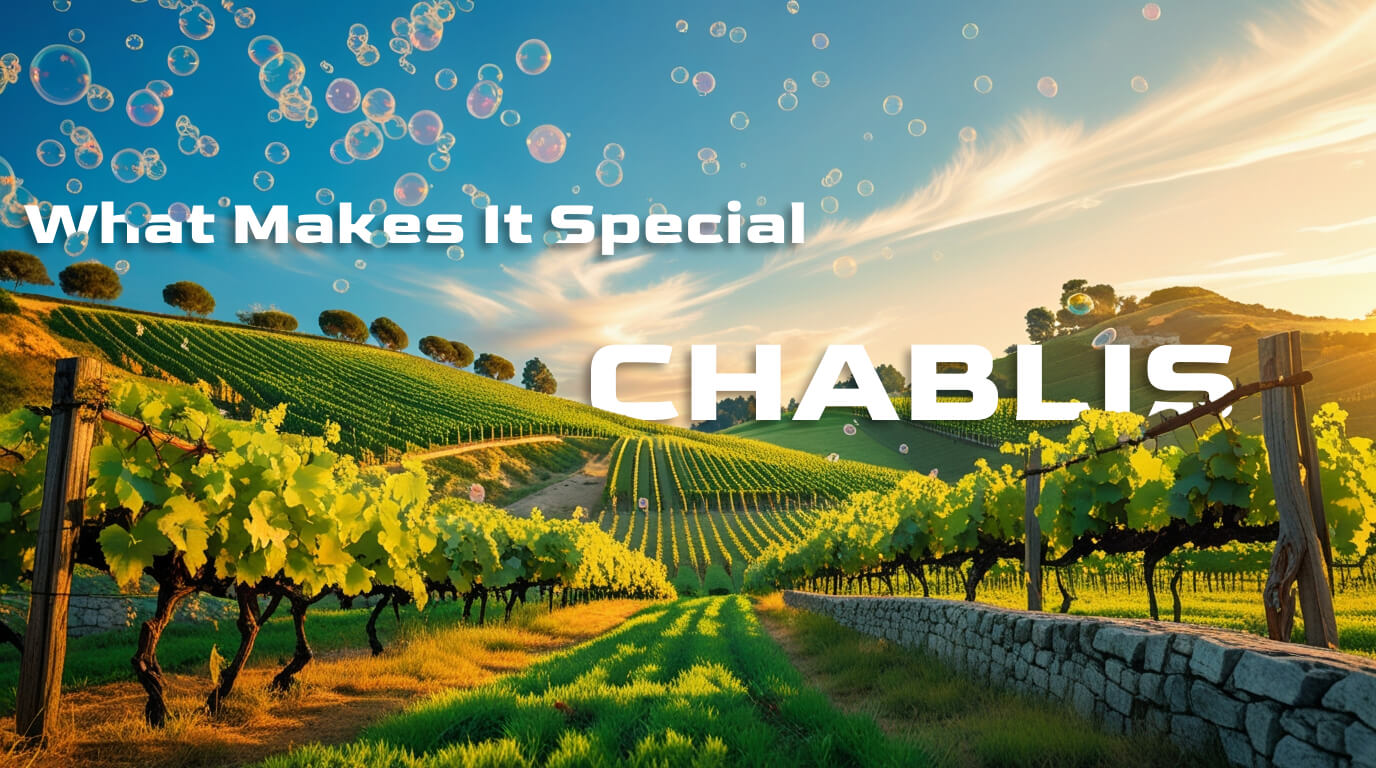
There are a few aspects that make Chablis so distinct, and one of them is the Chardonnay grape itself. Chardonnay is a flexible grape, known for taking on the characteristics of the terroir where it is grown – think of how tropical and expressive Californian and Australian Chardonnay is, particularly when compared to the elegant Chardonnay from Burgundy, or perhaps Central Europe.
The second is the terroir. Located in the northern part of Burgundy, Chablis vineyards experience fewer hours of sunshine and ripen more slowly, resulting in more refined flavours and lighter body. Chablis also rests on top of an ancient ocean – the soil here is Kimmeridigian, composed of limestone, clay, and prehistoric shellfish fossils.
The final aspect is the method of production and the winemakers. Chablis producers are known for creating pure, terroir-driven wines, typically with minimal or no use of oak during the ageing process. This exacerbates all of the elements in the wine that come from the local geography, such as that classic “gunflint” mineral note, obtained from the ancient oyster shells.
Five Bottles to Understand Chablis With
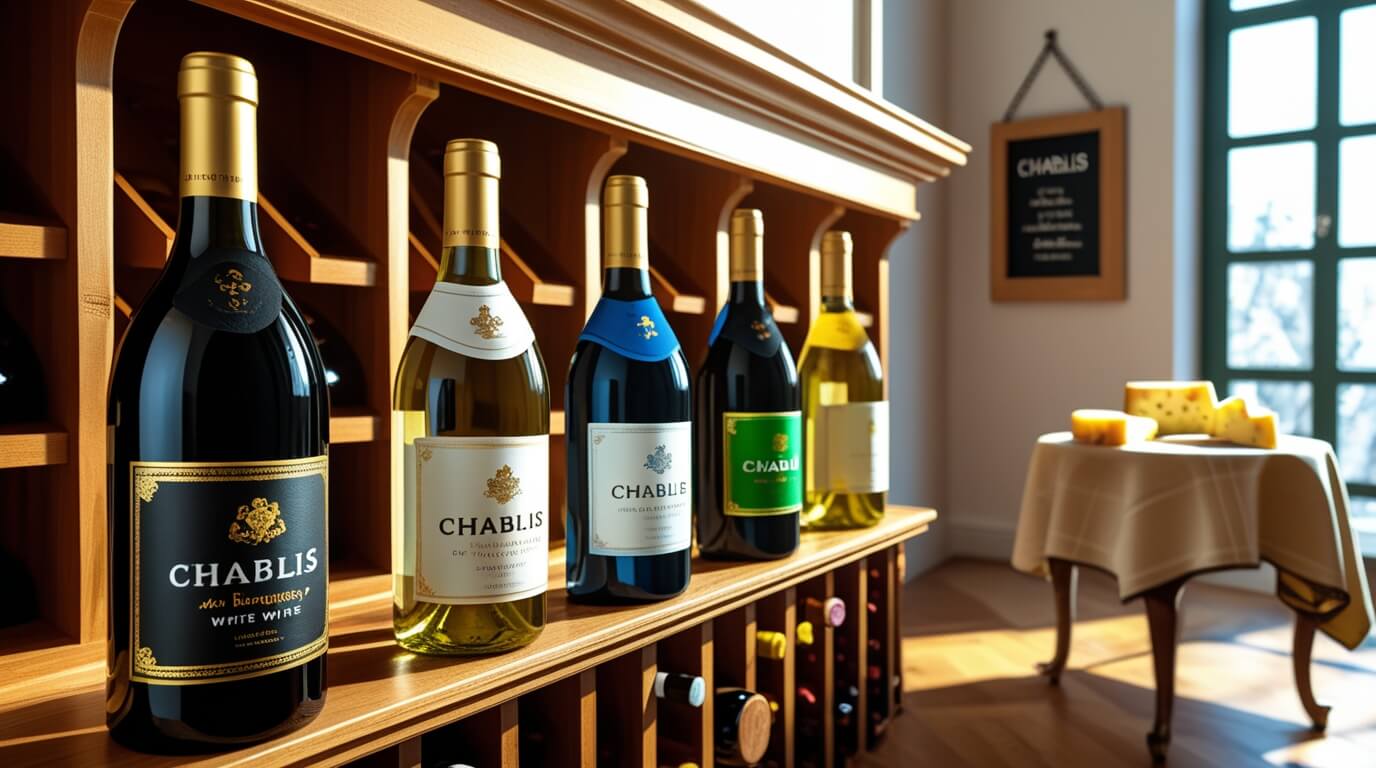
If you’ve never tried Chablis, or you have but don’t really know how to navigate the region, these are the must-try bottles from our catalogue. Each bottle has been carefully curated, and provides a subtly different perspective on the refined region of Chablis.
Our first recommendation is from Louis Michel & Fils, a family winery (as many are in Chablis) founded in the 19th century. It is a winery that has played a large part in shaping that classic Chablis profile. This wine was produced using grapes from eight different locations in the region, and was created without oak to preserve the wine’s purity.
Ideal for newcomers, Louis Michel & Fils’ Chablis is layered and approachable, providing excellent value for money with refined flavours of lemon peel, green apple, stone fruits, and steely minerality. It is harvested from winery-owned vineyards, encompassing 25 hectares of the Chablis landscape overall.
In a list of the best Chablis wines, we would be remiss not to mention the Fevre family, who have been involved in almost every aspect of winemaking in Chablis over the last 300 years. In 1923, Bernard Fevre played a part in founding the La Chablisienne winery, and today, his grandson Gilles (and Gilles’ wife Nathalie) continue to sell great wine under the Fevre name.
Their Chablis is another unoaked masterpiece – the different vineyard plots are aged separately in stainless steel tanks, and spend 10 months ageing before they are blended and bottled. This wine is lightly filtered, allowing some of the rustic, homemade side of Chablis wine to shine through while controlling the quality. It is a wine that can be enjoyed young, but it will also develop some fascinating tertiary flavours over the next 10 years or so, making it ideal for shorter term cellaring. Look for riper orchard fruit notes on the palate, with that classic flinty minerality.
Chardonnay is generally seen as a wine that should be enjoyed young, but certain producers in Chablis have proved otherwise. Our next wine is a mature “Vieilles Vignes” or “Old Vines”, sourced from 60-year-old vines planted in a tiny 3-hectare plot in the village of Lignorelles. The winery was founded in the 1970s by Roland Lavantureaux, the first in his family of grape growers to produce wine under the family name.
This Chablis is concentrated and structured, with a more medium-bodied style than many younger light Chardonnay wines. It offers a different perspective on Chablis, but maintains the typical gunflint minerality that we have come to expect. The flint comes through on the finish, while the nose and the front palate are all about white flowers and juicy citrus fruits. This is a great one for the cellar, or for pairing with white meat dishes.
Our next recommendation is also an old vine offering, from Domaine Daniel-Etienne Defaix. This winery is another family-run business, with an unbroken line stretching back an incredible 4 centuries. They are Chardonnay specialists, with every one of their 28 hectares in Chablis being populated with the white grape.
Their Chablis is on the richer side of the Chardonnay spectrum, thanks to 12 months of maturing and stirring on the lees. There are stronger notes of brioche and ripe orchard and citrus fruits, alongside the classic minerality. It is also a stunning lemon yellow colour in the glass, hinting towards its fresh acidity. It is the choice for those who prefer medium-bodied wines, or that buttered toast note that appears in Chardonnay that has undergone malolactic fermentation.
As you can probably tell at this point, terroir takes precedence in Chablis, and the region of Burgundy as a whole. Winemakers tend to avoid filtering, oak barrels, or interfering with the natural yeasts in the vineyard. Our next recommendation is from a more precise location: from a Premier Cru vineyard called Vaulorent, just outside the main town of Chablis. La Chablisienne is one of the best regarded wineries in the region, founded by a group of cooperative grape growers over a century ago. Since the 1950s, the various families that make up this coop have had complete control over the winemaking process, and have been pushing the high standards of Chablis even higher with the use of modern production methods.
This Premier Cru Chablis is both refined and generous in the mouth, with a wonderfully light finish. Although it is a refined, top-tier wine, it is not a shy Chablis and you won’t need to take any extra steps to enjoy it fully. You can discover notes of lime, pineapple, wet stone minerality, white flowers and citrus blossoms in the mouth, making it perfect for pairing with seafood and soft cheese.
Discovering the Best of Chablis Through Big Family Names
The idea of location, terroir, and tradition is a huge deal in Burgundy. Wine is usually a family business, and many of those families have been living in the same terroir for centuries – which is part of the reason why the wine is so excellent. They know exactly what the grapes need, and how to get the most out of them.
In addition to the bottles mentioned above, there are also a few major family names that we recommend looking out for. For example, the Bichot family, who produce wines in every corner of Burgundy, and are inimitable experts of the Chardonnay grape. If you see the Bichot name, it’s hard to go wrong. The Louis Michel & Fils label is one of our favourites, and the regional wine we recommended from them above is not their only offering – they have a whole selection of Premier Cru Chablis too. La Chablisienne’s range is essentially a collection of what all of Chablis’ biggest families have to offer, and so their bottles should also be snapped up if you see them.
All of these famous names, and others, can be discovered in our Chablis Tasting Case. This is a curated case for those who are unsure where to start with Chablis, and a great introduction to these bigger names, who typically produce wine all over Burgundy. It also allows for an even deeper tasting experience, when tasting wines from different producers, vintages, or vineyards side-by-side.
- Chablis Tasting Case6 bottles, White
Chablis is the pinnacle of elegant white wine. There aren’t many regions out there that treat Chardonnay so preciously and produce such unadulterated, terroir-driven wine. Another part of the reason why people love Chablis is its affordability – the region is packed with premium white wine, at a non-premium price. Whether you’re a beginner or a connoisseur, we hope that there’s a bottle on this list that you can fall in love with.






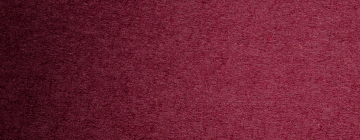

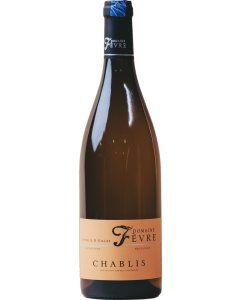
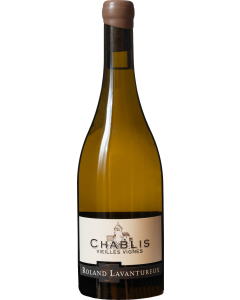
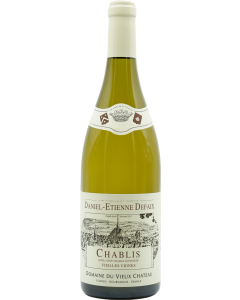
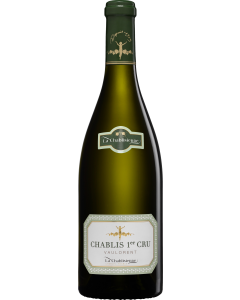




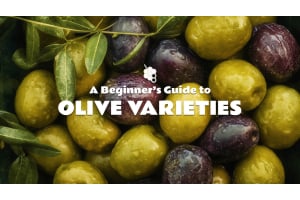
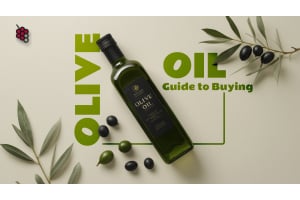
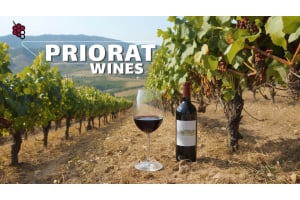
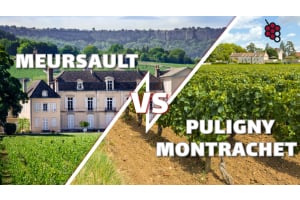

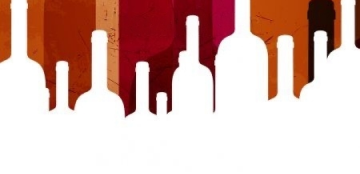
It's great that you have Israeli wines in your selection!